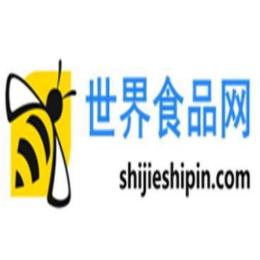核心提示:2024年5月13日,欧盟食品安全局就一种含有枯草杆菌金属蛋白酶(bacillolysin)和枯草杆菌蛋白酶(subtilisin)活性的食品酶的安全性评价发布意见。……(世界食品网-www.shijieshipin.com)
2024年5月13日,欧盟食品安全局就一种含有枯草杆菌金属蛋白酶(bacillolysin)和枯草杆菌蛋白酶(subtilisin)活性的食品酶的安全性评价发布意见。
据了解,这种食品酶是由非转基因解淀粉芽孢杆菌菌株AR-383生产的,旨在用于9种食品生产过程。
经过评估,专家小组认为,在预期的使用条件下,不能排除饮食暴露引起过敏反应的风险,特别是对甜瓜过敏的人,但这种风险不会超过食用甜瓜的风险。根据所提供的数据,评估小组得出结论,这种食品酶在预期使用条件下不会引起安全问题。部分原文报道如下:
The food enzyme with two declared activities, bacillolysin (EC 3.4.24.28) and subtilisin (EC 3.4.21.62), is produced with the non-genetically modified Bacillus amyloliquefaciens strain AR-383 by AB Enzymes GmbH. The food enzyme is intended to be used in nine food manufacturing processes. Since residual amounts of total organic solids (TOS) are removed in the production of distilled alcohol, dietary exposure was calculated only for the remaining eight food manufacturing processes. Exposure was estimated to be up to 1.958 mg TOS/kg body weight per day in European populations. As the production strain qualifies for the qualified presumption of safety approach to safety assessment and no issues of concern arising from the production process of the food enzyme were identified, the Panel considered that no toxicological studies other than the assessment of allergenicity were necessary. A search for the similarity of the amino acid sequence of the food enzyme to known allergens was made, and 30 matches were found, including one food allergen (melon). The Panel considered that, under the intended conditions of use, the risk of allergic reactions by dietary exposure to this food enzyme cannot be excluded, but for individuals sensitised to melon, this would not exceed the risk of consuming melon. based on the data provided, the Panel concluded that this food enzyme does not give rise to safety concerns under the intended conditions of use.
































热门跟贴